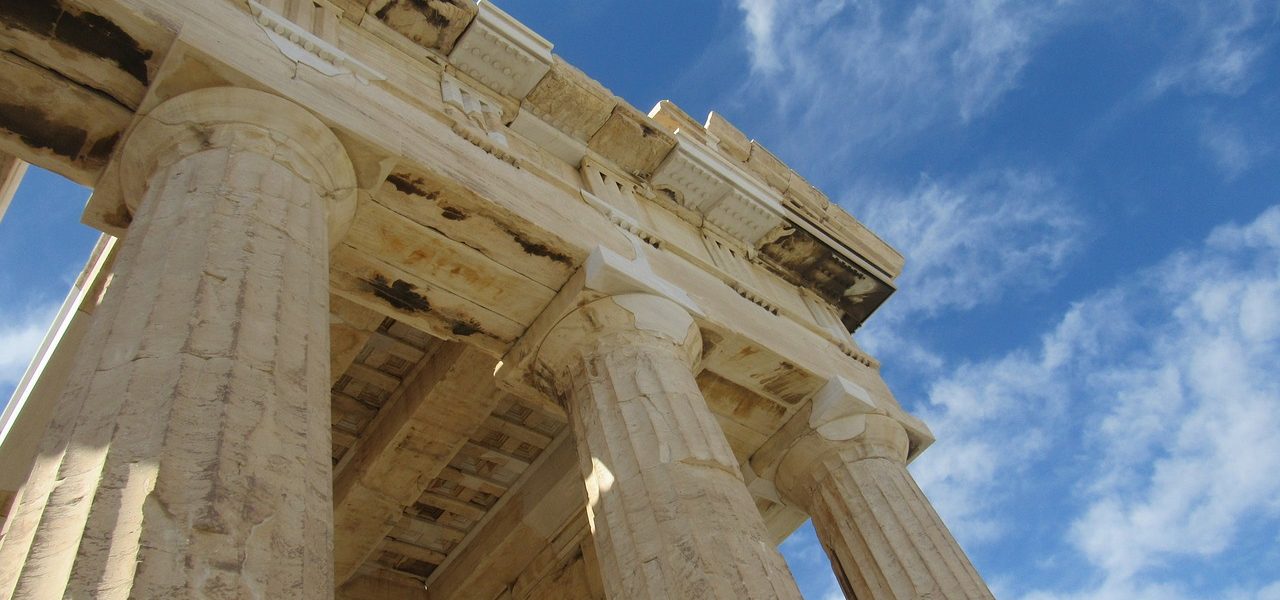Home › Forums › Ancient Civilizations › Greek view of gender
- This topic has 4 voices and 17 replies.
-
AuthorPosts
-
January 13, 2009 at 4:51 pm #13835
 scout1067Participant
scout1067ParticipantI would guess that except for disease and genetic defects most people were in pretty good shape back then. I read somewhere that tooth decay only became a problem in western culture in the late 19th century. People did not eat much sugar before that and so kept there teeth most of their life barring accident.
January 28, 2009 at 10:28 pm #13836 skiguyModerator
skiguyModeratorMy current thoughts on this (please challenge my claims….but ignore the writing because it's not going to be eloquent ;D)
While we find Greek statues that are perfect in form and build, archaeological evidence shows that Greeks themselves were not so perfect.
Generally, that is true, but there is physical evidence (although scant) as well as primary sources that show some of the athletes were 6 feet or taller. They trained all their lives. Plato said they trained hard and had no time for leisure. Their diet was very healthy. I don't find it that much a stretch of the imagination that these guys, especially the champions, were in excellent physical shape.
The statues that we have were not meant to depict actual people, but instead the idealized form of the male body.
I don't really agree with this because athletes, mainly the Olympic victors, were what the Greeks considered the perfect form of the male body. It is speculated that they competed in the nude to show off this form. Statues were made in their likeness, usually placed in their hometowns. The athlete's were idolized, earned a lot of political influence, were many times the objects of physical desire, and sometimes worshipped. Greeks were all about beauty and appearance as well as performance. Every free Greek male, and some females, learned not only intellectual subjects but also partook in physical education as part of their curriculum. The ones who made it to the Olympics were a minority and they must have been really good at whatever sport they competed in to beat everybody else and make the cut.I am going to claim that many of the Greek statues we see with the perfect musculature are based on actual athletes. They just changed the faces for whoever they were trying to depict, whether that be a god or a war hero or someone else of importance. But I believe the statue's bodies were based on someone real.I think this statue is based on a real person and I think this discobulus statue is based on an actual discus thrower, very likely one of the victors.
January 29, 2009 at 2:34 am #13837 PhidippidesKeymaster
PhidippidesKeymasterI suppose that there is an easy way for us to find out for sure, so I did brief search on Google Books and found this, which says that the head is based on previous Hercules statue. It also says the body is of a gritty, realistic nature, but it is unclear as to whether it was based on an actual person's body. But the source also mentions how this realism in Greek statuary was a later development, different from the Greek idealized statues of the 5th/4th cent. B.C. So depending on when we're talking about, statues may have been more or less idealized.I don't doubt that depending on their sport, Greek athletes had very good bodies (though I should point out that "good" or "perfect" might be a relative term....just think of what a bodybuilder from the 1950s looked like compared to today's bodybuilders). As you say, they competed in the nude to show off their form, which pleased the eyes of their homosexual viewers (see one of my previous posts). Perhaps you are right that there were statues made to resemble actual athletes, but if we're talking about statues as being carbon copies, I would want evidence in the form of some imperfection revealed in the body so we can have a more solid correlation.Also, when we talk about "idealized" statues, I think that the sculptor likely saw actual bodies (very possibly those of athletes) and created ideal human figure shapes based on them. The statues would be composites, minus any imperfections in any of the forms from real life, and so it wouldn't be like any specific person's body is being "imaged" into the marble. After all, if it takes a year or two to create a statue, the artist is not going to have an athlete in the nude model for him all day when he needs to be out training. At least, this is the way I see it.
January 29, 2009 at 10:05 am #13838 skiguyModerator
skiguyModeratorI'm not saying there wasn't a lot of homosexuality, there definitely was, but I'm just wondering if perhaps you're placing too much emphasis on it. Yes, the athletes were probably sexually attractive to a lot of the men (and women), but I think many just considered them “beautiful” without the sexual attachments. Was the nudity in competition because of homosexuality? Were a majority of Spartan males homosexual? Some historians say yes to both, but I'm not completely convinced yet. I think it's more about an appreciation or admiration of strength and beauty than it is of sexual attraction.True the artists didn't have a model per se, but who's to say they didn't spend a lot of time in the gymnasium drawing various scenes before they sculpted? I don't think these guys just stood like that for days until the statue was finished.
-
AuthorPosts
- You must be logged in to reply to this topic.


